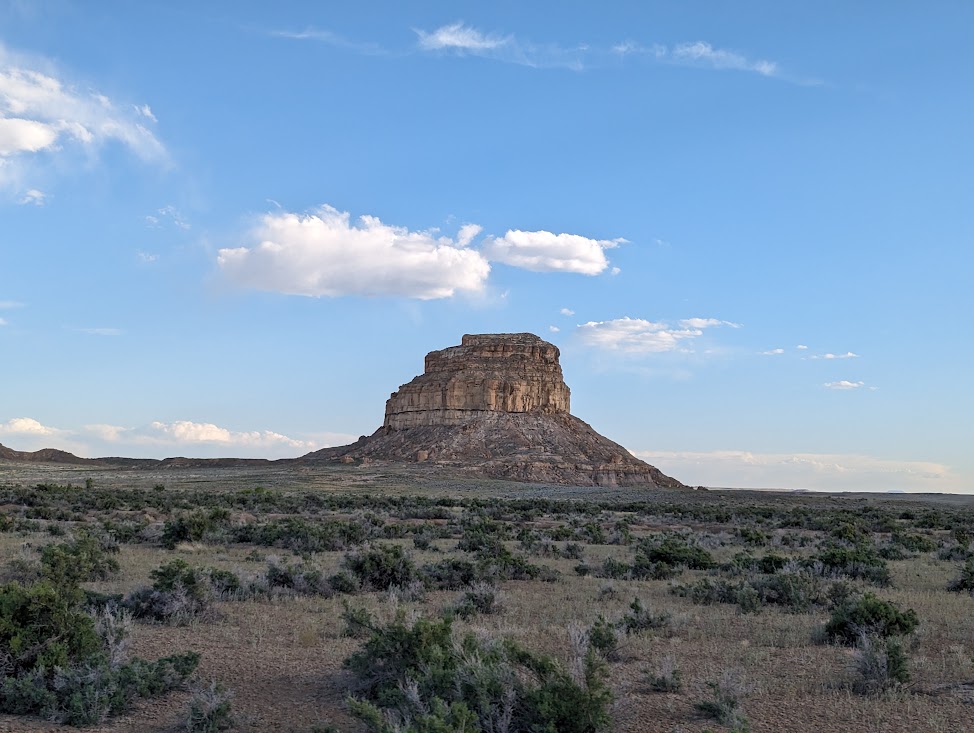On the hot, windswept high desert of northwest New Mexico sits one of the most remote National Park Service sites in the country. Chaco Culture National Historical Park preserves the remains of great Chacoan cities (or great houses) that were built and existed here for four centuries between 850 and 1250 A.D.
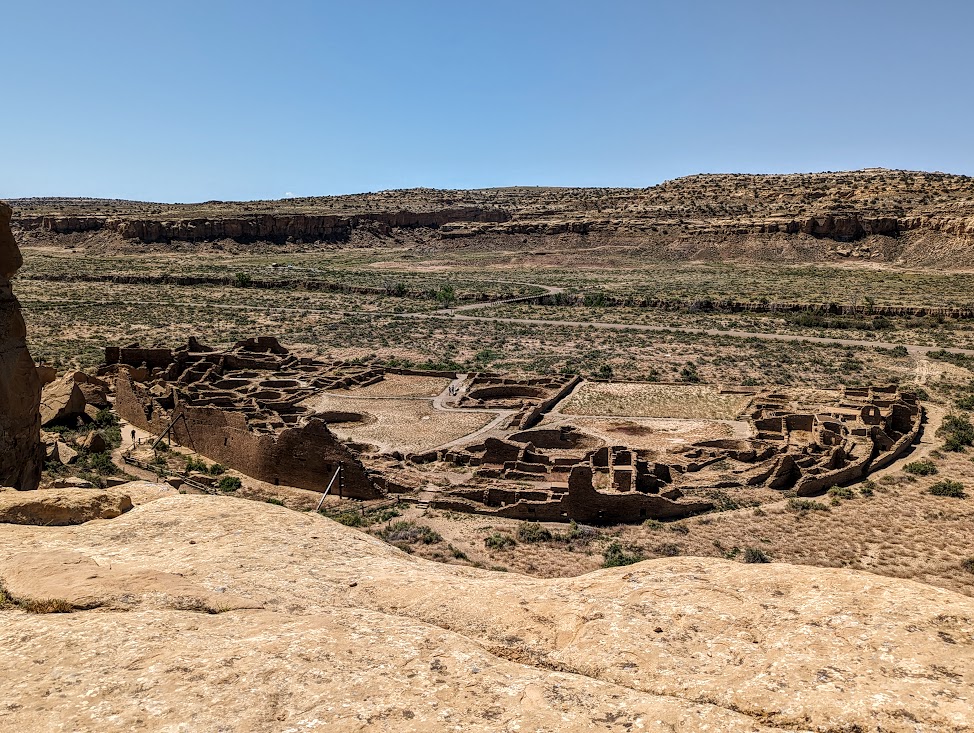
This UNESCO World Heritage Site is primarily set within Chaco Canyon with two additional communities constructed atop Pueblo Alto Mesa.
“The Chaco Canyon sites graphically illustrate the architectural and engineering achievements of the Chacoan people, who overcame the harshness of the environment of the southwestern United States to found a culture that dominated the area for more than four centuries.”
Source: whc.unesco.org
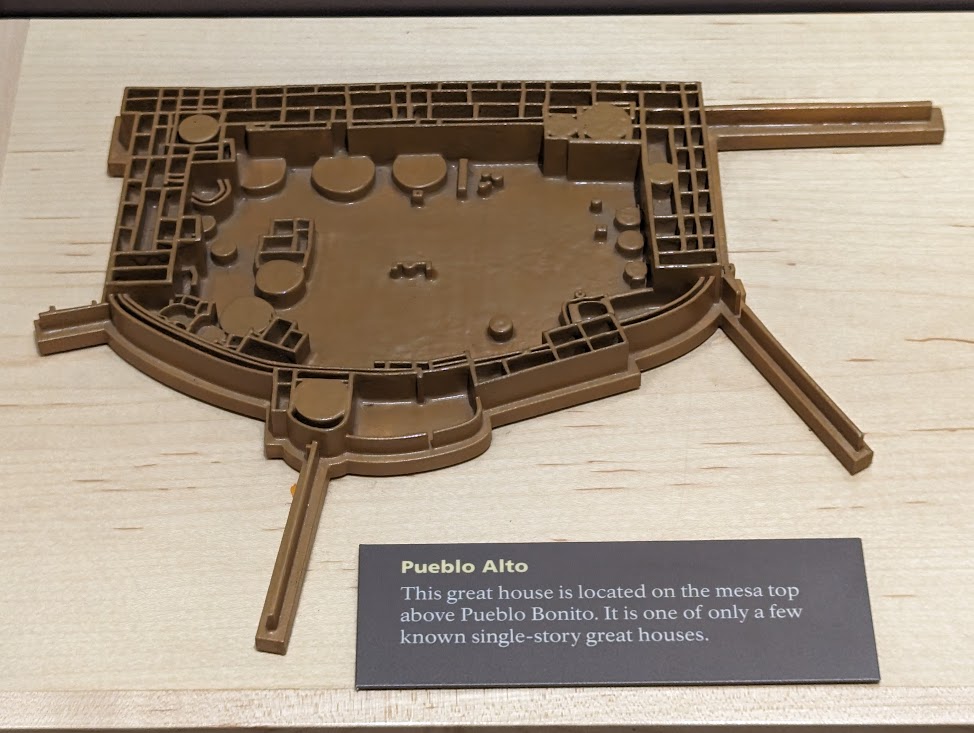
Best known of these cities is Pueblo Bonito, but each offers unique and informative insights into this rich and innovative culture. While there we visited Pueblo Bonito (850-1150), Chetro Ketl (1010-1110), Pueblo Alto (1020-1240), New Alto (1100-1130), Kin Klesto (1100-1130), Pueblo de Arroyo (1070-1110), Hungo Pavi (1000-1180), and Casa Rinconada (1070-1120). We did not have the opportunity to see Una Vida, Casa Chiquita, Wijiji, and Tsin Kletzin.
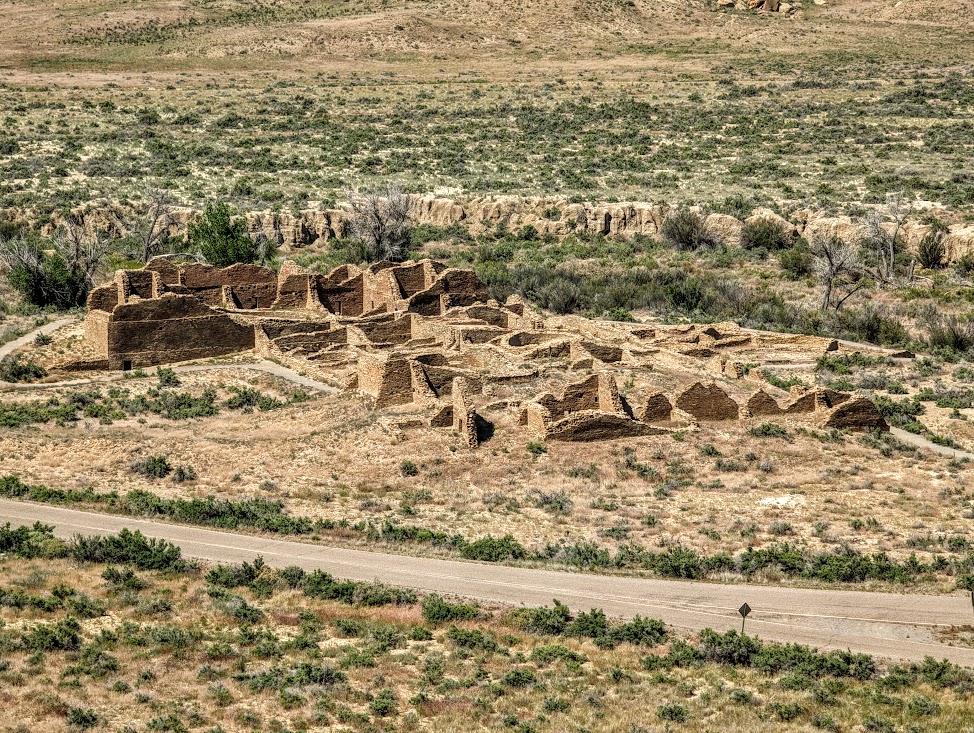
Most extraordinary were the innovations employed by Chacoans that were ahead of their time, including but not limited to:
- Far more substantial building construction than similar societies in the region, including multi-storied structures
- Use of mud mortar and plaster
- Development of road networks
- Development of dams and canals to channel precious rainfall and snowmelt
- Development of stairway and step networks to scale surrounding canyon walls

- Use of primary and secondary beams for roof construction
- Intentionally siting their communities to be in cardinal directions (N, S, E, and W)
- Multiple styles of stone masonry design
- Sun dagger-shaped equinox clock carved out of rock high atop Fajada Butte that also aligned with moon cycles
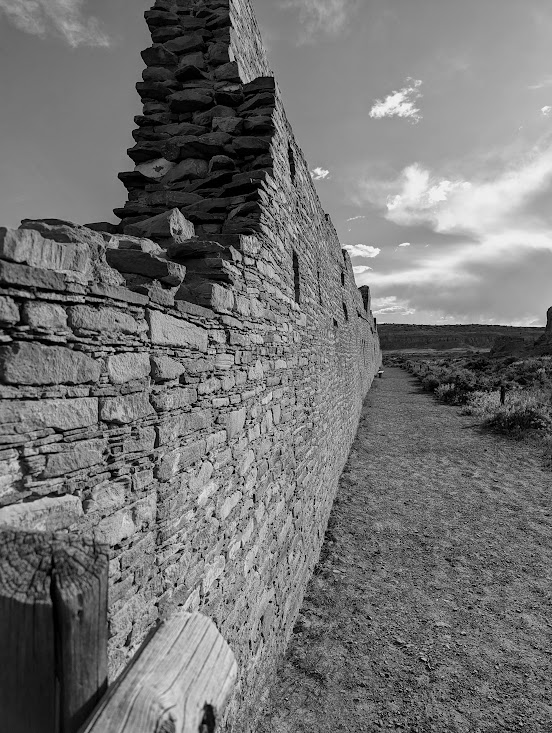
Needless to say, the Chacoan society established a number of impressive precedents. It is also clear to this retired planner, that Chaco reiterates the fact that great city planning and urban design long preceded the arrival of Europeans in North America.
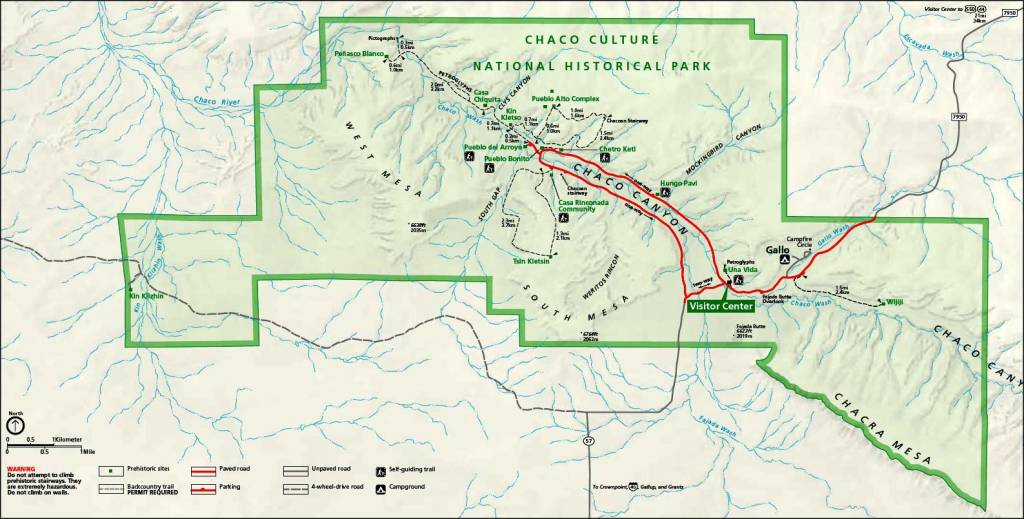
Exactly why the Chacoans moved onward from Chaco Canyon is unclear, but their ancestors still reside across portions of the Four Corners Region of the United States.
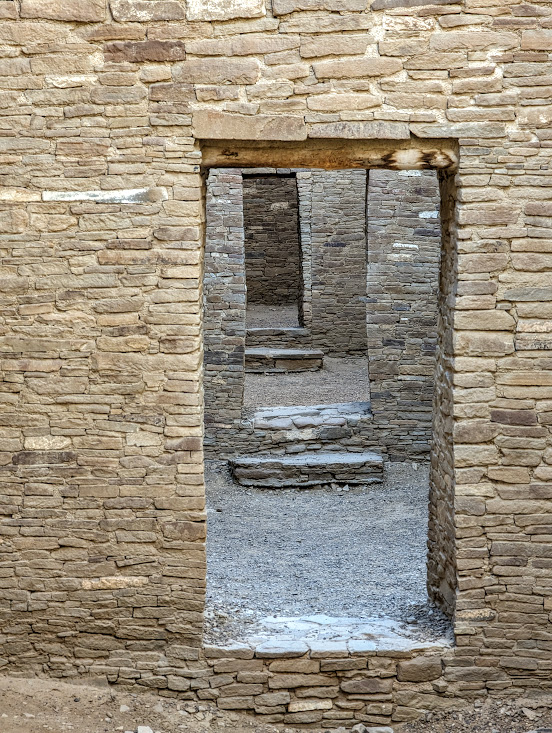
Anyone interested in history, archaeology, architecture, planning, Native American studies, astronomy, and other fields, should seriously consider a trip to Chaco. In addition, Chaco is a fantastic International Dark Sky Park and has an array of interesting trails.

It is off the beaten path, which has helped preserve the site so well, so be sure to check on the best/safest route(s) for the time of the year you may visit (as it is surrounded by high deserted access is by dirt/gravel roads). Also check weather forecasts ahead of time and be prepared for rugged/changeable weather. Other than a small campground (with amazing views of the night sky), there are no lodging options within many miles of Chaco.
Peace!

SOURCES:
- https://www.nps.gov/chcu/index.htm
- ancient-origins.net
- https://whc.unesco.org/en/list/353
- https://smarthistory.org/chaco/
- Chaco Culture National Historical Park brochure
- Information signage within Chaco Culture National Historical Park and the Visitor Center
- Pueblo Bonito – brochure/guide from the National Park Service – 1980
- Chetro Ketl – brochure/guide from the National Park Service -1980
If the archaeology history, culture, and planning of the communities of Chaco Canyon interest you, or you want to explore there on foot as we did, here are two books available through Amazon.com.*
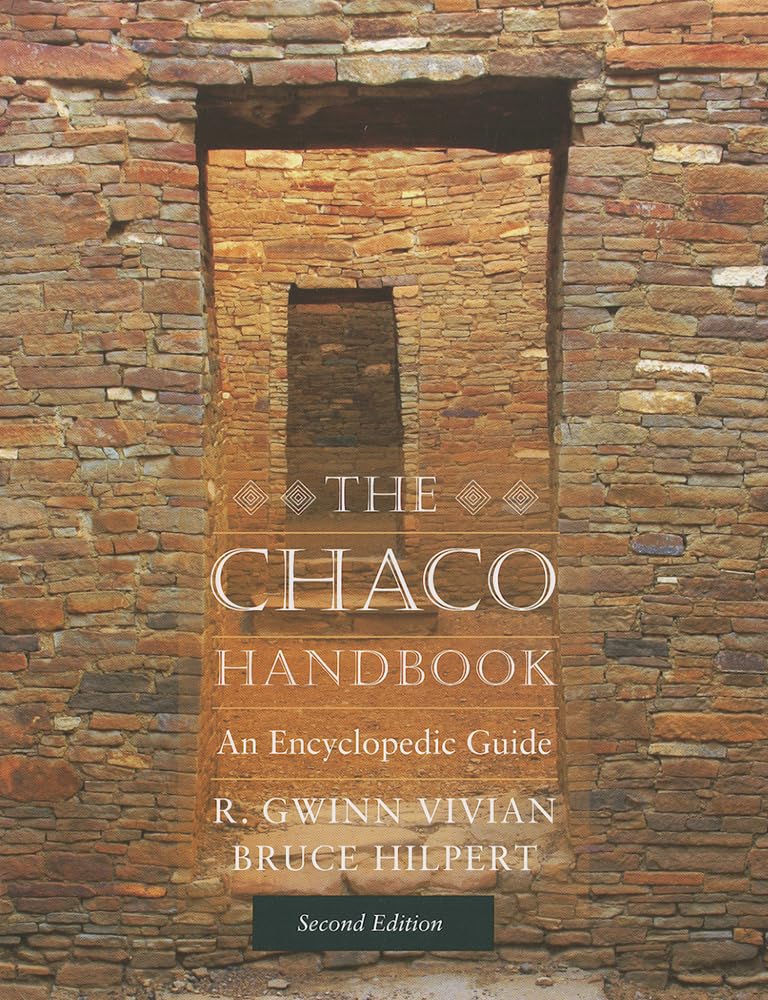
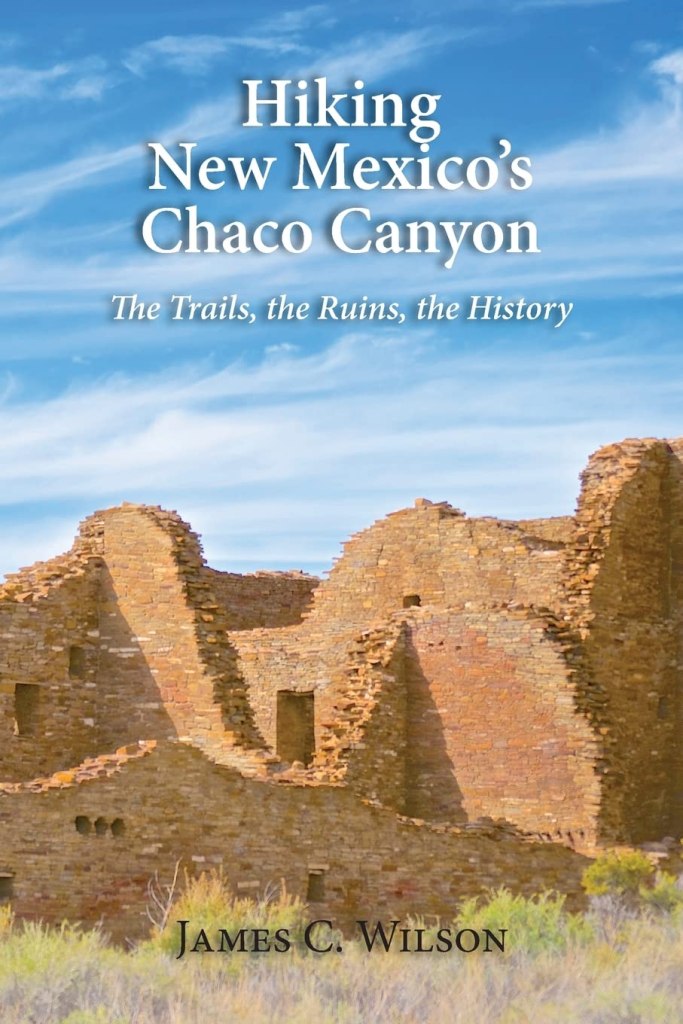
*A link has been provided for each book to Amazon.com. A small commission is earned from purchases that are made using the above links to Amazon. As an Amazon Associate, I earn from qualifying purchases.

